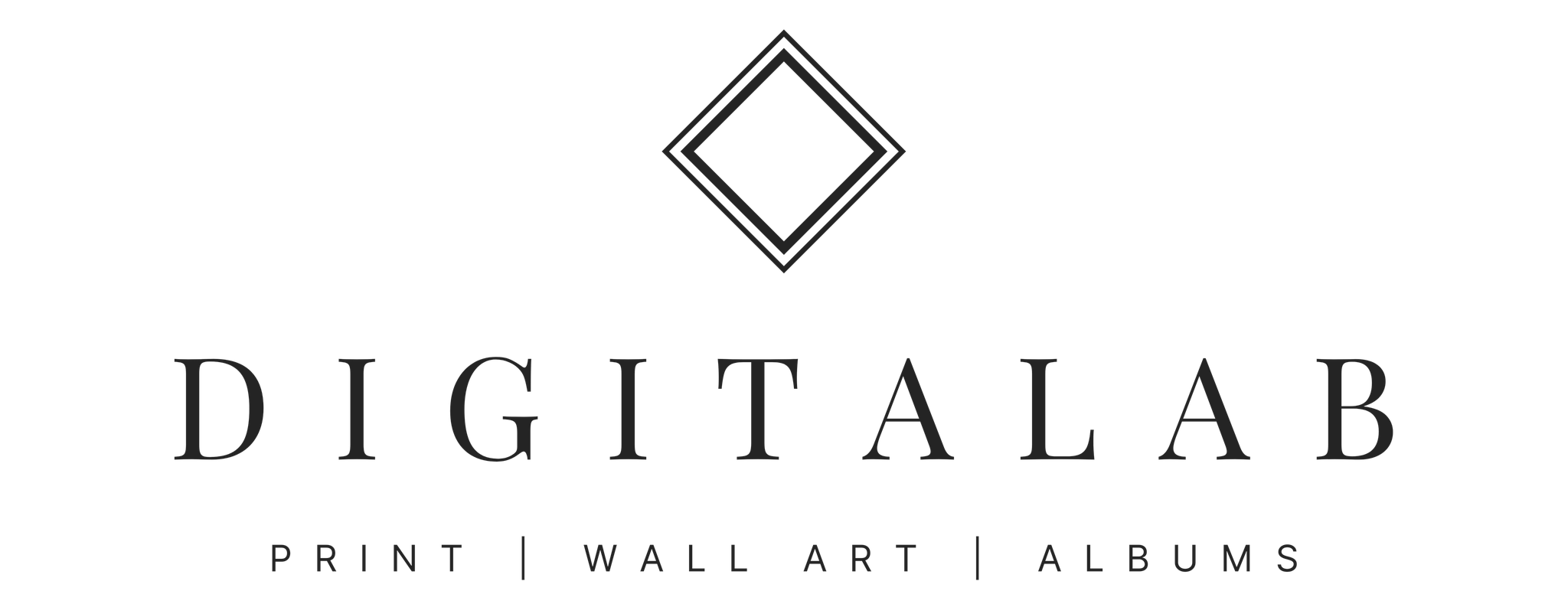Digitalab Featured Photographer: Alan Hewitt
At Digitalab, we appreciate the power of photography, whether it’s personal or professional. We asked Alan Hewitt for one of his images and posed a couple of questions to find out exactly what it is he loves about photography and what he’d say to any enthusiastic photographer hoping to make a career out of their passion.
Tell us a bit about this image and why you chose it to be featured.
My wildlife photography has taken me to many places, from locations at home here in Britain to the sprawling savannahs of Africa but I like to use opportunities like this to celebrate the magnificent wildlife right here on our doorstep in Northumberland. With this in mind I have chosen to talk about a photograph from an already well photographed location, the Galapagos of the north….. our magnificent Farne Islands!
Of course there are many photographs taken on and around the Farne Islands every year. I have no doubt that the astounding popularity of the Farne Islands amongst photographers makes the location and the many species of seabirds some of the most photographed wildlife in Britain.
So, why choose a photograph of an already well photographed location?
During the day when most of the boat trips take place the light can be very harsh and not as photogenic as a few hours later when the warmer light makes a welcome difference. Through my photography, editorial writing and workshop teaching I’ve had the privilege to be on and around the islands outside of the normal visiting hours. Not many people see the Farne Islands at this time of the day.
I also think that wildlife photographers are often guilty of forgetting the wider environment in favour of frame filling close ups of their subjects. I’m certainly guilty as charged and ‘wildlife in the landscape’ is something I am trying to give much more attention.
During the later hours of the day the cliff faces are a great location to photograph ‘wildlife in the landscape’. When we get close to the cliffs like this during the best of the days light it is time to ditch the telephoto and use a wider angle lens to photograph the species in the context of their habitat.
This photograph shows a typical Farne Islands cliff face wildlife habitat in the early evening light. The guano covered cliffs, where every possible ledge is used for a nest or just somewhere to stand for many thousands of fulmar, guillemots, kittiwakes, razorbills and shags are a place of birth, death and constant conflict, calm one day then at the mercy of a battering from the North Sea the next. The warmer light has taken away the harshness of the white guano and the contrasting colours of the seabirds.
Which styles of photography most interest/inspire you?
I’m a fully paid up member of the wildlife obsessed club! I do break ranks now and again and attempt a bit of landscape but as I sit admiring a beautiful vista I always wish a lone heron or a skein of geese would fly in to the frame! This comes back to what I’ve discussed above, I’m trying to give more attention to photographing wildlife in the landscape. When I look at the work done by other wildlife professionals I find myself more interested in this. It’s not an easy style though, the environment has to be interesting, be it the light, the landscape or other species. It’s not just about taking a shot with a wider angle lens!
What one piece of advice would you give to an aspiring photographer?
Know your equipment and know your subject. This applies to any photographer regardless of their preferred specialism. As a wildlife photographer it is essential to be able to make changes to your camera settings with the minimum of disturbance. You should know your camera well enough to be able to make changes to your aperture (or shutter speed), ISO, dial in a bit of exposure compensation and adjust the autofocus settings without taking your eye from your viewfinder and more importantly, your subject.
It’s essential to have some fieldcraft knowledge too. If you can read a subjects habits you can learn what is likely to happen next. For example, a bird of prey will often defecate before it takes flight. Researching your species will always improve your photography.
Alan is a freelance wildlife and conservation photographer and writer from Northumberland in the United Kingdom. He is a strong supporter of wildlife and conservation, internationally and throughout the United Kingdom. His photography has been used to support wildlife conservation organisations in Kenya as well as projects closer to home in the UK.
Alan’s articles and photographs have been published in Outdoor Photographer magazine, BBC Wildlife, local newspapers as well as various niche magazines and websites including a regular column in a local conservation publication.
Alan is a director and owner of wildlife photography workshop and safari company Hawk’s Head Photography together with Trai Anfield and Kaleel Zibe.

